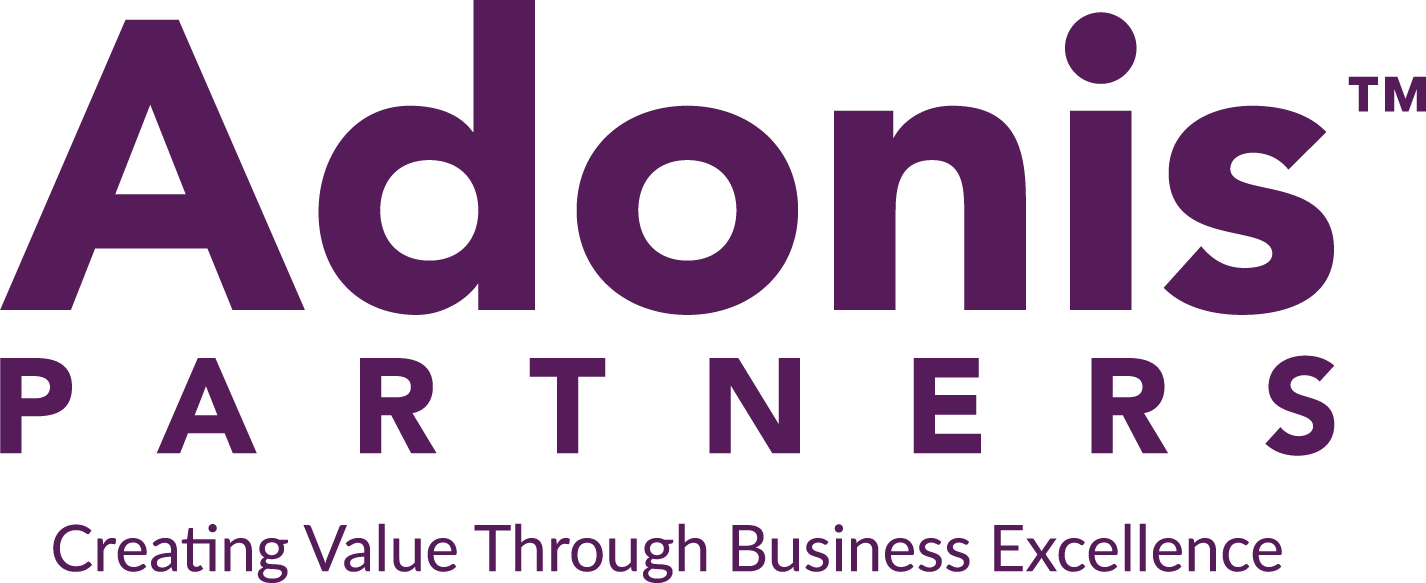
Taking a Problem-Solving Approach

Selecting a problem solving approach is one of the most important aspects to continuously improve and create sustainable processes. Having a standard process in place helps resolve problems at a faster pace and it enables your teams to overcome any roadblocks smoothly. In this article, we will go over a few of the common approaches that can help eliminate issues and keep your organization thriving.
Define the Problem
It is essential to define a problem accurately before you enter into the problem-solving lifecycle. A problem well-defined is a problem half-solved. Your team needs to scope the problem and clearly identify the pain points as opposed to rushing to a solution. Do we have a bottleneck in our process? Is your business losing revenue due to competition in the market? Once you’ve defined the problem to be solved, ideally, you can gather some data then shift to solutioning.
Collect Data
Now that the problem has been defined, we must quickly gather data to provide additional context to our problem. That data can be retrieved from internal systems of record such as a human resource management system, financial tracking tool, or dashboards and other metric reporting, such as PowerBI or Tableau reports. Alternatively, you might need to conduct some time and motion studies in order to have a proper picture of the current state.
Leverage Design Thinking
Design Thinking helps you reframe the problem from the perspective of the people involved in the problem – and most importantly, using an empathetic point of view to put yourself in their shoes. It helps you challenge underlying assumptions and generate ideas with a fresh perspective. Advantages with the Design Thinking approach include creating a prototype of the solution and testing it quickly to prevent the risks involved in implementing a big change.
Monitor for Success
After you’ve defined your problem and have strong, data-driven solutions in place, make sure you are monitoring your results so you know whether you are achieving your goals. Use the Plan-Do-Check-Act cycle in order to continuously improve by establishing periodic checkpoints to review your progress; this in turn avoids wastes of money and resources.
Problem-solving is an ongoing process of improvement within organizations. It requires time and training, which cannot be provided by a simple overview of problem-solving techniques. Through Adonis’ Continuous Improvement program, we can help your organization tackle its most critical challenges by assisting you to establish such robust problem-solving frameworks.
Share this article
Related Articles

Never stop learning – Practice a small amount of math every day. I am passionate about enabling others through Continuous Improvement. I teach Root Cause and Analysis and decision making based on data. I know these skills will make clients successful! I take great pride in the success of those I teach!

